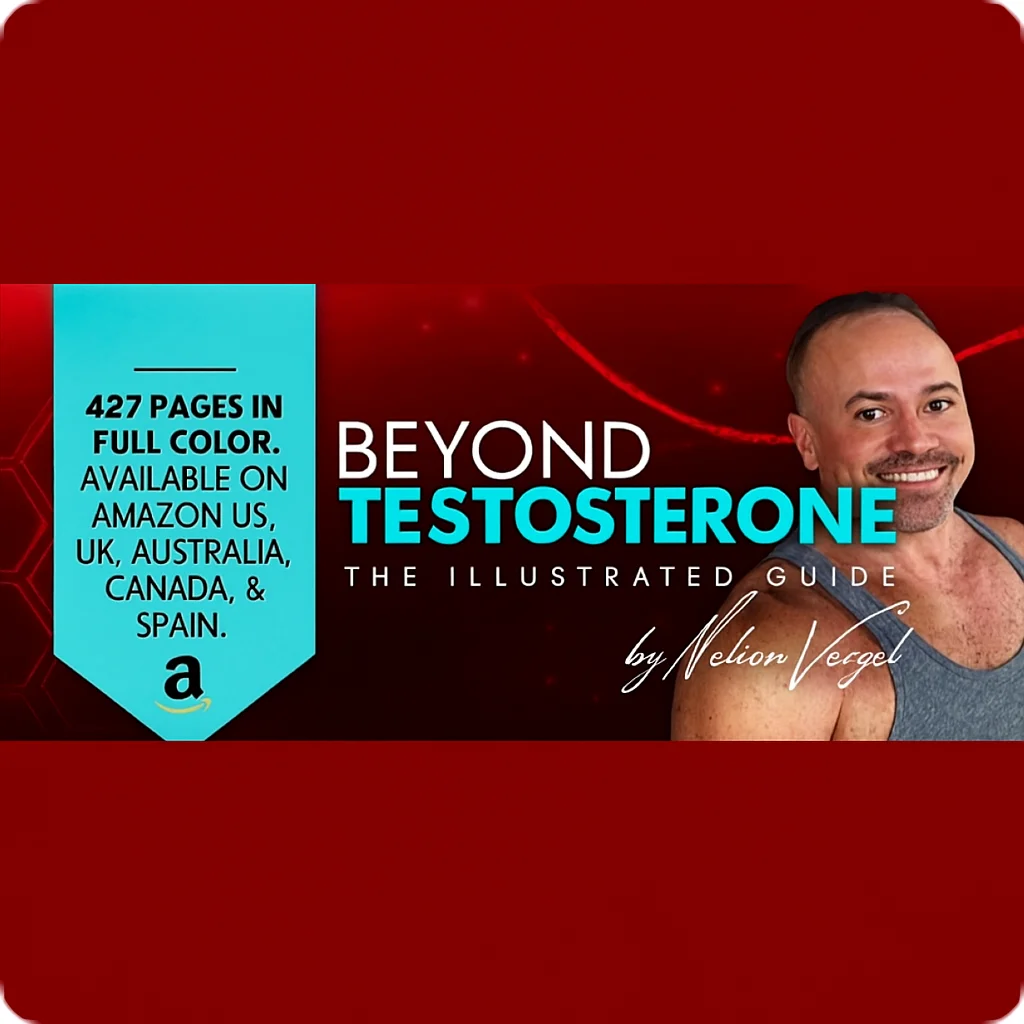madman
Super Moderator
ConclusionsAlthough testosterone is commonly prescribed off-label for treating low libido and HSDD in postmenopausal women, its therapeutic benefits extend beyond these specific conditions. Unfortunately, many women who do not meet the formal criteria yet could benefit from testosterone therapy are often overlooked. Conversely, those who do meet the criteria frequently receive off-label prescriptions, typically incurring out-of-pocket expenses. As the most bioavailable hormone in the female body, it is imperative that female-centered therapies are developed for all scenarios of hypoandrogenism encountered in female patients. This study provides further support for the safety profile of long-term testosterone therapy in women undergoing pellet insertion, whether as an initial or subsequent formulation. Additionally, it offers patients and providers a clearer understanding of formulation options, as pellets represent a low-maintenance therapeutic alternative for women.
Background
Testosterone therapy for low libido in women has become increasingly prevalent in recent years. While numerous testosterone formulations exist and have been studied in women, there has been little data assessing the safety and efficacy of subcutaneous testosterone pellet use in this population. The primary objective of this study is to understand the biochemical effects and side effect profile of female patients who underwent testosterone pellet insertion in a clinical practice.
Methods
A retrospective chart review of female patients who underwent testosterone pellet insertion from 2009 to 2022 was undertaken. Women taking 75 and 100 mg testosterone pellets were identified and analyzed for biochemical and clinical data. Analysis of variance was performed to determine statistical significance of laboratory values over duration of testosterone pellet insertion.
Results
A total of 220 pellet insertions were performed across the two cohorts. The administration of 75 mg testosterone pellets did not result in a significant change in trough testosterone levels (P=0.51) compared to baseline throughout the treatment period, nor did it significantly affect hematocrit levels (P=0.96) or systolic blood pressure (SBP) (P=0.87). Two patients (10.5%) reported genitourinary side effects during the study period. In the cohort receiving 100 mg testosterone pellets, a significant increase in testosterone levels was observed over the study period (P=0.01), with no significant changes in hematocrit (P=0.78) or SBP (P=0.70). Two patients in this group were initiated on new antihypertensive medications during the course of treatment. No adverse effects were reported.
Conclusions
Testosterone pellets of 100 mg result in a statistically significant increase in testosterone levels. Neither the 75 nor 100 mg doses led to a significant increase in erythrocytosis or SBP. Additionally, both dosages are associated with minimal side effects. These findings suggest that regulated testosterone pellet administration offers a safe biochemical profile for women with low libido.














